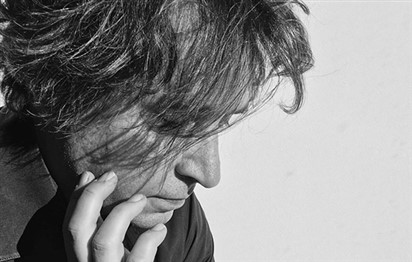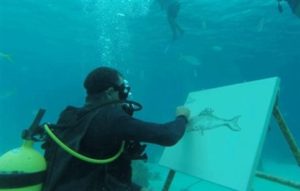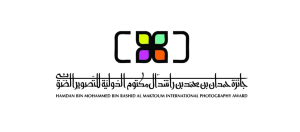The well-known photographer has focused on the capital for a decade, honing in on its diversity
Photographer Andrew Moore likes to shoot cities with a long history. But for the past 10 years, he’s been taking pictures of Abu Dhabi.
“I love things that have a certain patina and age to them,” he says. “Abu Dhabi is a challenge in that everything is so new. In some cases, people have been tearing things down just as I am photographing them.” Moore has been at work on a book project of the city, and now that it’s taken a decade, it has turned into something different: not a snapshot of Abu Dhabi, but a time-elapsed series, revealing how much the city has changed in just ten years.
The artist is famous for his large-format images of cities that celebrate the multi-faceted cacophony of urban life – a subject he will address when he speaks at the NYUAD Institute today. His images of New York, where he has long lived, bring together the taxis, buses, cars, streets, buildings, hoardings, the people, and the shabby edges of the city blocks into one picture plane.
Looking at his work, often taken from an elevated vantage point, you wonder how people even navigate the streets with the amount of sensory information that is shifting around them, and which Moore brings out in all its saturated, colourful splendour. He is especially known for photographing cities on the edge of decline – places such as Havana, Detroit, and sites in Russia and Ukraine – in which residents live among the material effects of a past that, both due to lack of resources for renovations and its past glory, no one bothers to change.
Getting the project started
The palpability of the past isn’t something typically associated with the Gulf, but Moore teases out the Abu Dhabi of the edges that doesn’t feature in billboard advertisements. An image of a hairdressing “saloon” takes in the cheap plastic green chair that residents sit on outside the parlour, under a well-used air conditioning unit and a picture of Sheikh Zayed in sunglasses. A customer sits inside in a retro red-and-white chair, quietly returning the camera’s gaze.
Another shows the facade of a 1980s apartment building, with its evenly spaced balconies in a worn-down shade of red. The building is pockmarked in places where the concrete is crumbling, and one lone man stands on a balcony, in a bright blue top, to take in the air.
“I went to the homes of some Emiratis and took pictures, but I was more interested in the diversity of the population,” he says. “That was where I started – I shot the Emirates Palace, but again always with an eye to some kind of layering. I showed the fountains of the Emirates Palace, but in the background you see this all-night construction, with cranes working. You have this sense of a city in flux, rising out of the desert. I liked that idea.”
Documenting a changing city
If Emirati cities have changed in terms of their buildings, the tenor of discussion around urbanism has also altered since Moore began photographing: a number of other figures in the Emirates have been likewise celebrating the architecture that flies below the radar of the shiny and new. Khaled Alawadi, an urbanist in Masdar City, made the walkable city the focus of his presentation for last year’s Venice Biennale for Architecture pavilion.
Sultan Sooud Al Qassemi is documenting 1980s modernist architecture in Sharjah, uncovering the history of the architects from India, the Levant, who built in the Emirates at the end of the Cold War. Sheikha Hoor Al Qasimi is using the platform of the Sharjah Art Foundation to conserve buildings, such as the cinema at Kalba and the so-called Flying Saucer, now an exhibition space. The first outing of the Sharjah Architecture Triennale, which launches in November this year under the curation of Adrian Lahoud, will focus on urban design.
Moore was originally invited by the former vice-chancellor of NYU Abu Dhabi, Hilary Ballon, a specialist in architecture and urbanism. The pair had collaborated on a project in New York surveying the work of the New York planner Robert Moses, and she asked him to bring his camera to Abu Dhabi.
Ballon, who was instrumental in setting up the NYUAD outpost, died in June 2017. “The project,” Moore says, “is now a memorial to her.”
Andrew Moore will speak at the New York University Abu Dhabi Institute on February 11 at 6.30pm. For more information about the session, visit www.nyuad.nyu.edu
www.thenational.ae




